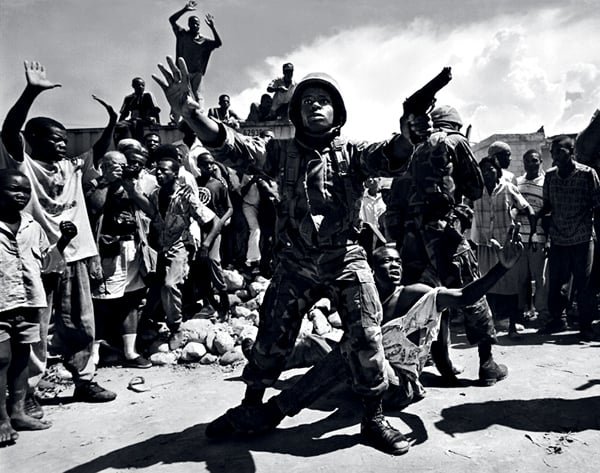In this article, let’s look at Haiti in post-Duvalier times spiralling in disarray into the 21st century.
In this article, we follow the history of Haiti, through the 1930s to 1980s, mostly through turmoil under greedy rulers, with periods of less than a decade in total, of hope, peace and prosperity.
Let’s explore the historic conflict in Haiti, a nation still shackled to violence and poverty, unable to throw off its colonial legacies.
In this article we look at the early history of Haiti’s colonisations.
Let’s explore the real reasons behind the conflicts in Sudan, which are quite similar, even identical to most reasons for current global conflicts – tussle for resource-rich lands and getting rid of its original inhabitants in the name of combating strife.
In this article, we explore Yemen’s paths to peace, which is essential for its socio-economic recovery. And for Yemen to achieve stable and permanent peace, Yemen has to decide whether it can survive as a unified country given the disparities in cultures, ways of living, types of economies and so on.
In this article, we give the summary of the of the concluding part of 20-part series of Global conflicts under the radar focused on Yemen, tracking Yemen’s politics through its modern conflicts, highs and lows till date.
We conclude our long series on Global Conflicts under the radar focused on Yemen with this Part XLI. Yemen’s conflicts, local and regional, have a long history, rooted in centuries-long colonialism, inter-tribal rivalries, ancient to modern fights over its gold mines and coffee, to name a few. Modern colonialism in Yemen itself is at least over 5 centuries old, first under the Ottoman empire, then partly under the British, then under tribal elitist monarchies, until South Yemen started a tryst with socialism, much to the dismay of its imperialist oil monarchist neighbors and their western overlords. They ensured that Yemen was constantly in turmoil so that its democratic, socialist ambitions were always foreshadowed by violence on political or religious ideologies. So Yemen remained the poorest country in the middle east despite its vast natural resources which included even oil & gas. All these largely went under the radar of global conflicts until recently in 2015 when Saudi-led coalition of western proxies started bombarding this nation that was barely on its knees, despite being independent since late 1960s.
The never-ending internal conflicts and the regional war over Yemen’s politics and resources that split its governance along a North-South division has spilt over into Yemen’s Banking sector as well. We are looking into the woes in Yemen's banking industry and some possible solutions.
In this part XL on Global conflicts under the radar, focusing on Yemen, we’re exploring one critical sector that got quite messed up in the last decade of strife and war – Yemen’s banking sector – the important clog in the economic machinery of any country; in Yemen, it’s driving the economy in two different directions- following Yemen’s North-South political divisions- undermining each other while they are at it.
